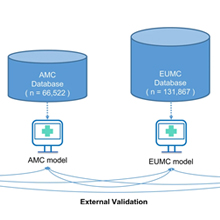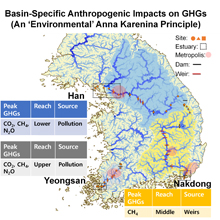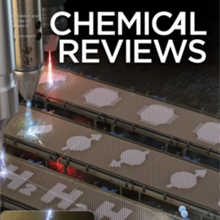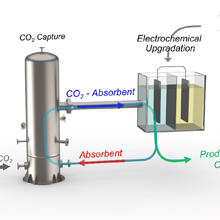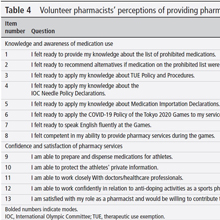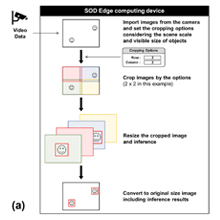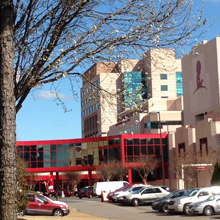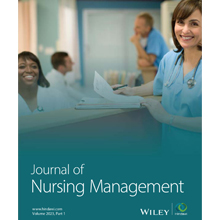본문
Associations of Symptom Clusters and Health Outcomes in Adult Survivors of Childhood Cancer: A Report from the St Jude Lifetime Cohort Study

by Prof. Hyewon Shin
Division of Nursing
PURE Research Profile
hyeshin@ewha.ac.kr
The overall 5-year survival rate for childhood cancer has reached 85% today. However, therapies predispose survivors to various late effects, including physical performance deficits, neurocognitive performance impairment, poor mental health, chronic health conditions, and subsequent neoplasms. Therefore, most childhood cancer survivors experience poorer health-related quality of life (HRQOL) compared with norms or siblings.
The patterns of multisymptoms experienced by childhood cancer survivors, a concept known as symptom clusters, are still unclear. Investigating symptom clusters is clinically meaningful because symptoms co-occurring as clusters denote a pattern of symptom burden. When multisymptoms co-occur, the joint effect magnifies the impact of individual symptoms on HRQOL. However, previous studies lacked data to evaluate therapy-related associations of risk for specific cluster membership. Additionally, self-reported HRQOL without outcomes from clinical evaluations were used to investigate the associations with symptom clusters. Thus, this study aimed to identify patterns of concurrent symptom clusters among adult survivors of childhood cancers and test associations with self-reported HRQOL and clinically assessed physical and neurocognitive performance.
This cross-sectional study included 3,085 survivors (mean age at evaluation 31.9 years; years from diagnosis 28.1 years) participating in the St Jude Lifetime Cohort Study. Survivors self-reported the presence of 37 symptoms capturing 10 domains (i.e., cardiac, pulmonary, sensory, motor/movement, nausea, pain, fatigue, memory, anxiety, and depression). The Short form Physical/Mental Component Summaries assessed HRQOL; the Physical Performance Test evaluated physical performance; and Neurocognitive batteries tested attention, processing/psychomotor speed, memory, and executive function. The latent class analysis identified subgroups of survivors experiencing different patterns of symptom burden. Multivariable regression models identified risk of cluster membership and tested associations with health outcomes.
As a result, four symptom clusters were identified, including cluster 1(prevalence 52.4%; low physical, somatization, & psychologic domains), cluster 2 (16.1%; low physical, moderate somatic, & high psychologic domains), cluster 3 (17.6%; high physical, moderate somatic, & low psychologic domains), and cluster 4 (13.9%; high in all three domains) [see the figure]
Compared with cluster 1, survivors in cluster 4 were more likely to have less than high school education (odds ratio [OR], 7.71; 95% CI, 4.46 to 13.31), no insurance (OR, 1.49; 95% CI, 1.04 to 2.13), and exposure to corticosteroids (OR, 1.76; 95% CI, 1.02 to 3.03); survivors in cluster 3 were more likely to have received platinum agents (OR, 2.22; 95% CI, 1.34 to 3.68) and brain radiation beyond 30Gy (OR, 3.99; 95% CI, 2.33 to 6.86). Survivors in cluster 4 reported the poorest Physical /Mental Component Summary scores (31.0/26.7) and physical and neurocognitive performance versus survivors in the other clusters.
This study distinguished clusters of multisymptoms among adult survivors of childhood cancer, evaluated detailed treatment and sociodemographic factors associated with individual symptom clusters, and tested associations of symptom clusters with self-reported HRQOL and clinically assessed physical and neurocognitive performance.
With the high symptom burden experienced by survivors of childhood cancer, our findings support the importance of exploring the etiology of co-occurring symptoms, which may inform the design of effective interventions to address these symptoms. Although pharmaceutical and nonpharmaceutical interventions targeting multisymptoms have been shown to improve symptom burden and HRQOL, future research is needed to evaluate the effectiveness of interventions on symptom clusters in association with progression of clinical outcomes (functional performance, chronic health conditions, and mortality) that map specific symptom profiles onto underlying health problems resulting from cancer treatments.

Figure. Symptom Clusters and Health Outcomes
* Related Article
Shin, H., Dudley, W. N., Bhakta, N., Horan, M. R., Wang, Z., Bartlett, T. R., Srivastava, D., Yasui, Y., Baker, J. N., Robison, L. L., Ness, K. K., Krull, K. R., Hudson, M. M., & Huang, I. C. (2023). Associations of Symptom Clusters and Health Outcomes in Adult Survivors of Childhood Cancer: A Report From the St Jude Lifetime Cohort Study, Journal of clinical oncology, 41(3), 497–507, https://doi.org/10.1200/JCO.22.00361


